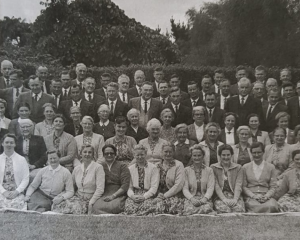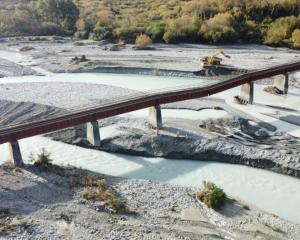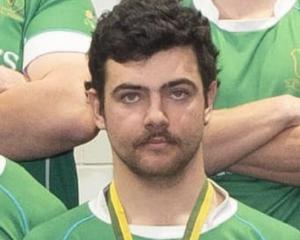
New numbers show that 1575 pups were counted on the subantarctic Auckland Islands this year - down 18 per cent on last year.
Conservation Minister Nick Smith, who is on board the HMNZS Wellington visiting the Auckland Islands, today described the low count as "cause for concern".
It as the third lowest since monitoring began in the mid-1990s and shows an on-going trend of decline over the last decade of the world's rarest sea lion, and New Zealand's only endemic seal.
"The purpose of developing a new Threat Management Plan for the New Zealand sea lion is to review all the risks and explore all possible measures to ensure their survival," Dr Smith said.
Options included active field management, such as intervening to reduce the several hundred deaths from misadventure and disease, extending or creating new marine mammal sanctuaries under the Marine Mammals Protection Act, or additional measures to reduce impacts of fishing.
Dr Smith, with Minister for Primary Industries Nathan Guy, were bringing forward the development of the new plan as the existing operational plan was to be triggered if the pup numbers dropped below 1500.
This morning's announcement follows calls for action over recent days, fuelled by the deaths of two sea lions in squid fishing nets since the season began five weeks ago.
Forest and Bird has called for the squid fishing industry to use more sustainable methods, while Green MP Gareth Hughes had accused the Government of "sitting on its hands"and implored it to re-evaluate its squid fishery management.
Deepwater Group, which represents the squid fishing fleet off the Auckland Islands, had meanwhile cited a bacterial disease, Klebsiella pneumoniae, claiming that it was killing 600 sea lions each year, and a third or more of the pups before they reached the age of two, leaving 15 per cent to survive to breeding age.
It called upon the Government to investigate.
But some scientists last week expressed doubts about the claim, saying there were likely to be multiple factors behind the decline.
Dr Smith said that the cause was "not clear".
"A wider investigation was initiated in 2012 that indicated that environmental change and prey abundance were likely to have played a role in the population decline," he said.
"There is also evidence that a bacterial disease has reduced pup survival rates over the last two decades."
Mr Guy said that a decade ago, fishing for squid, scampi and southern blue whiting was catching and killing an estimated 100 sea lion per year.
This number had declined significantly with the Sea Lion Exclusion Devices (SLEDs) developed by the fishing industry, he said.
"Despite high levels of observer coverage, only a small number of incidental captures have been observed in recent years."
"SLEDs are a great innovation but we need to continue to monitor the use and effectiveness of these devices."
Mr Hughes has instead called for fishing fleets to use jigging - a squid fishing method that used hooks rather than nets, and which he claimed posed little risk to sea lions.
Forest and Bird has also called for the shift, arguing it was difficult for some to escape from the nets through (SLEDs).
"The ongoing concerns with SLEDS means we don't know how many sea lion deaths go unnoticed," marine conservation advocate Katrina Goddard said.
The New Zealand sea lion once numbered in the hundreds of thousands, with their habitat extending throughout New Zealand.
However, in the nineteenth century the species was decimated for its blubber and skins, and in 1997, it was declared a threatened species under the Marine Mammals Protection Act.
The New Zealand sea lion mainly breeds on the Auckland Islands (70 per cent of the species) and Campbell Island (30 per cent), with small numbers found on Stewart Island.
Dr Smith said the more encouraging advice was that breeding numbers on Campbell Island were showing improvement and in the last decade, the sea lion had started breeding on the South Otago coast line.












